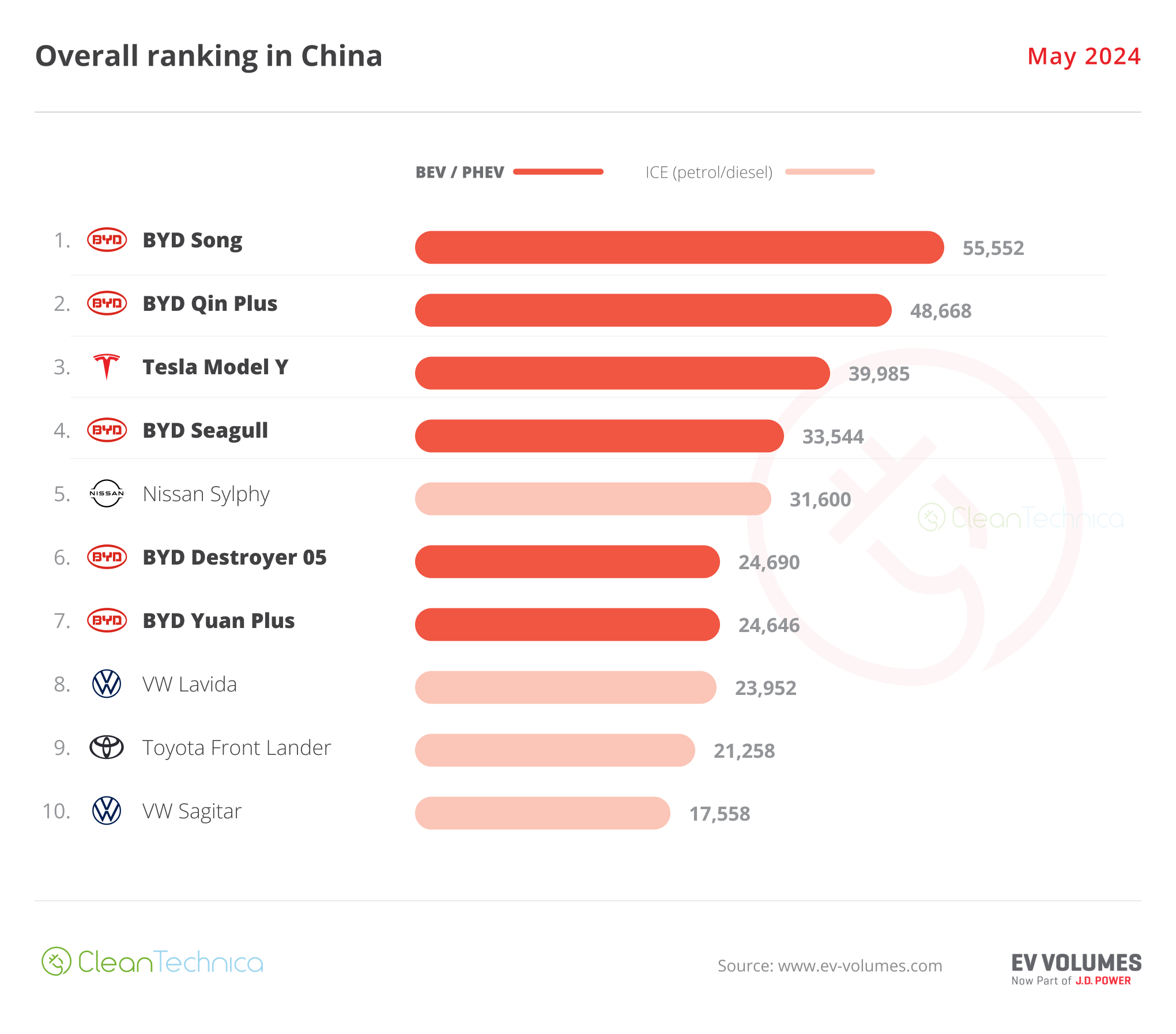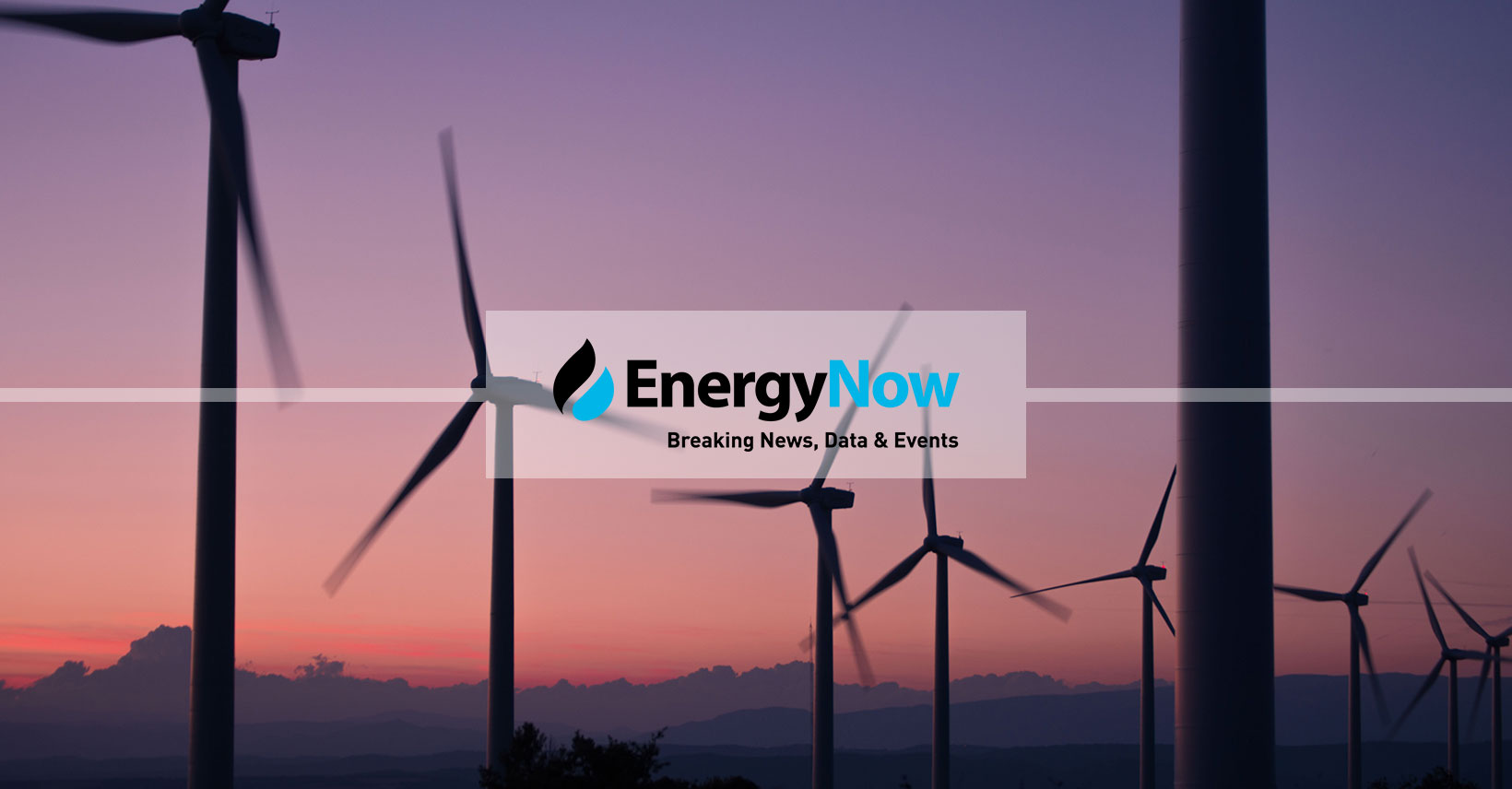Sign up for daily news updates from CleanTechnica on email. Or follow us on Google News!
Let me first say that I find it a little surprising how many people are freaked out by immigration. Countries that lose population or have a stagnant population face economic struggles. Countries with a strong level of immigration get a massive economic boost. The United States is a country of immigrants, many of whom came to the country for the same reasons immigrants today come here — hard conditions at home and lack of opportunity made them risk their levels and set out on a huge journey to get to “the land of opportunity.” This is the story of America.
It’s also noteworthy that immigrants are less likely to commit crimes (honestly, if you were going to be deported, would you go risk getting arrested for anything?), are more likely to be entrepreneurs, and often work harder and complain less than non-immigrants. They better appreciate what they can have here compared to what they felt they had to escape. I’ve worked with a lot of immigrants, so I have plenty of cases of this come to mind when I write about it. It’s not just stats — it’s countless personal examples and stories.
Okay, but that’s not the point of this article. This article was triggered by some comments from Mike Barnard in his recent analysis of the Harris–Walz ticket. He made note of a critical matter that is almost always ignored. Mike, take it away …
If anything, Harris’ insights into climate impacts are higher than they were four years ago, as she had the southern border file as Vice President. While this is missing from 99.99% of coverage of the US southern border challenges, it’s a climate-change story as much as it is anything. Climate change is disrupting economies in Central America, causing displacement of poorer citizens who have lost their homes to extreme weather events or lost their livelihoods to drought or flooding. Further, as with all vulnerable regions impacted by climate change, regional conflict is increasing.
There are an estimated 1.5 million internally displaced persons in Central American countries, and hundreds of thousands who have crossed out of their countries seeking greener, or at least not flooded or bone-dry, pastures. That’s out of a total population of 51 million in those countries, so represents a rather large percentage. It would be like 10 million Americans roaming homeless within the USA, streaming out of, for example, the bone-dry US Southwest into California and northern states, requiring refugee camps and upending political and regional perspectives.
I remember a conversation I had with my brother several years ago. Always one to think for himself and think through matters others were not eager or able to consider, he highlighted that US and European society would break down when faced with inevitable climate migration. Both places were already beginning to struggle with moderate levels of immigration from elsewhere. Some were happy to welcome it, but backlash was growing fast. In Europe, in particular, it wasn’t just different looking people who spoke different languages coming in higher and higher numbers, but it was also a lot of people with different religions. Integrating people with different religious beliefs and cultures is very difficult for human societies. In the US, even with the vast majority of immigrants from the south being Christians, it’s largely Christians in the US who are terrified and against letting their brothers and sisters in for a safer home, food security, and the right to pursue liberty and happiness.
It’s the #1 issue for many Americans — stopping immigration from Latin America. However, as Mike Barnard points out, a lot of this immigration is the result of climate disruption where the immigrants are coming from (including the societal problems that come from climate disruption), but many of those same people don’t believe in the findings of thousands of climate scientists and don’t see that climate disruption is going to continue growing the number of people escaping horrible situations and trying to find refuge in the United States.
In actuality, one of the best ways to combat high levels of immigration from Latin America (if that’s what you want) would be to make countries south of the US safer, more climate resilient, and more economically stable. However, that doesn’t fit into simplistic logic that is much easier to understand (even if wrongly) and support. “Why can’t we just build a massive wall on our southern border? Doesn’t that solve our problem?”
Unfortunately, climate disruption is going to get worse and worse in coming years. More and more people will desperately leave their homes due to drought, floods, bigger and more damaging hurricanes, and crop disruption. How are we going to deal with that? Given what we see today, it’s hard to be optimistic about that.
Article of mine from 8 years ago: 2 Critical Climate Change Problems Most People Don’t Know About
Another related article, from 3 years ago: Climate Migration
Have a tip for CleanTechnica? Want to advertise? Want to suggest a guest for our CleanTech Talk podcast? Contact us here.
Latest CleanTechnica.TV Videos
CleanTechnica uses affiliate links. See our policy here.
CleanTechnica’s Comment Policy





